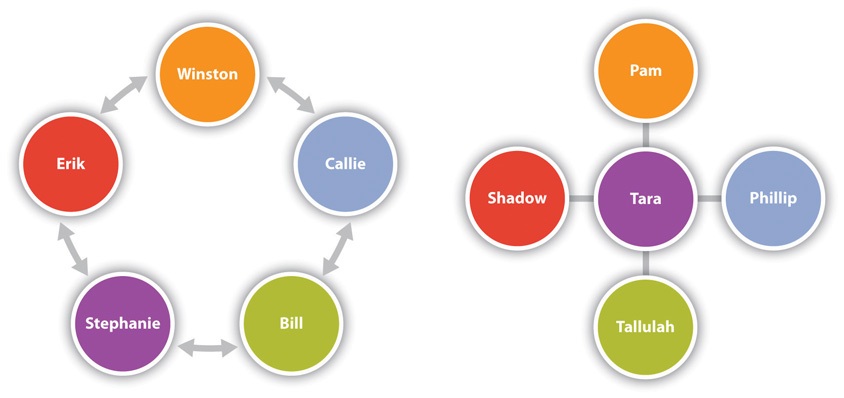The Triangle of Meaning
The triangle of meaning is a model of communication that indicates the relationship among a thought, symbol, and referent and highlights the indirect relationship between the symbol and referent. Ivor A. Richards and Charles K. Ogden, The Meaning of Meaning (London: Kegan, Paul, Trench, Tubner, 1923). As you can see in Figure 3.1 "Triangle of Meaning", the thought is the concept or idea a person references. The symbol is the word that represents the thought, and the referent is the object or idea to which the symbol refers. This model is useful for us as communicators because when we are aware of the indirect relationship between symbols and referents, we are aware of how common misunderstandings occur, as the following example illustrates: Jasper and Abby have been thinking about getting a new dog. So each of them is having a similar thought. They are each using the same symbol, the word dog, to communicate about their thought. Their referents, however, are different. Jasper is thinking about a small dog like a dachshund, and Abby is thinking about an Australian shepherd. Since the word dog doesn’t refer to one specific object in our reality, it is possible for them to have the same thought, and use the same symbol, but end up in an awkward moment when they get to the shelter and fall in love with their respective referents only to find out the other person didn’t have the same thing in mind.
Figure 3.1 Triangle of Meaning

Source: Adapted from Ivor A. Richards and Charles K. Ogden, _The Meaning of Meaning (London: Kegan, Paul, Trench, Tubner, 1923)._
Being aware of this indirect relationship between symbol and referent, we can try to compensate for it by getting clarification. Some of what we learned in Chapter 2 "Communication and Perception", about perception checking, can be useful here. Abby might ask Jasper, “What kind of dog do you have in mind?” This question would allow Jasper to describe his referent, which would allow for more shared understanding. If Jasper responds, “Well, I like short-haired dogs. And we need a dog that will work well in an apartment,” then there’s still quite a range of referents. Abby could ask questions for clarification, like “Sounds like you’re saying that a smaller dog might be better. Is that right?” Getting to a place of shared understanding can be difficult, even when we define our symbols and describe our referents.